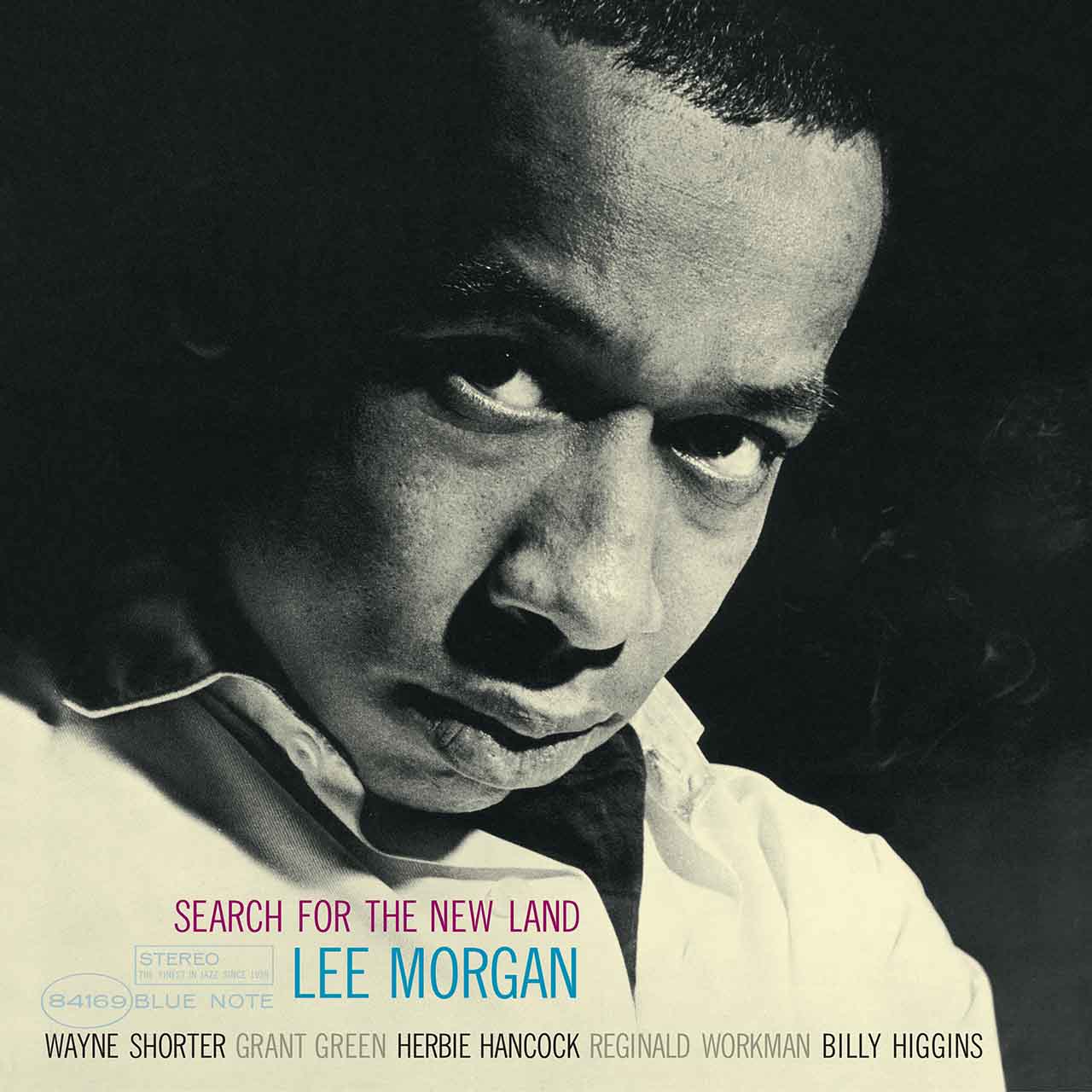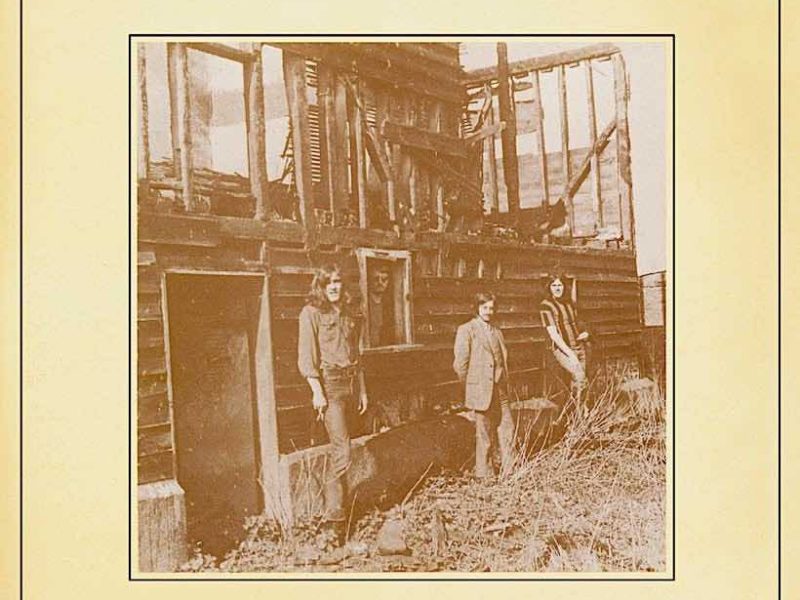In early 1963, Lee Morgan’s future looked bleak. A 25-year-old trumpet virtuoso from Philadelphia who rose to international fame with Art Blakey & The Jazz Messengers, Morgan had been the boy wonder of hard bop until he became hooked on heroin. Selling his horn to score drugs, Morgan disappeared from the jazz scene. Rumors had even circulated that he had passed away. Somehow, by the end of the year, the trumpeter miraculously returned, recording the two most important albums of his career in quick succession: The Sidewinder in November 1963 and a more exploratory offering called Search for the New Land in February 1964.
Although now considered the deeper and more potent of the two albums, Search for the New Land was shelved by Blue Note to allow the label to concentrate on maximizing The Sidewinder’s surprise crossover appeal. Released in July 1964, The Sidewinder hit No. 25 on The Billboard 200, largely thanks to its addictively catchy title track, which was not only a hit single, but also appeared on the soundtrack to a Chrysler TV commercial. But its across-the-board success meant that Blue Note’s bosses Alfred Lion and Francis Wolff dropped Search for the New Land from their release schedule, instead urging Morgan to return to the studio to build on The Sidewinder’s success and record something similar.
Buy Lee Morgan’s Search for the New Land as part of Blue Note’s classic vinyl series.
As a result, it wasn’t until August 1966 that Search for the New Land hit record stores. The LP was markedly different from anything Morgan had recorded before, capturing the trumpeter in a more meditative mood. Accompanied by tenor saxophonist Wayne Shorter and pianist Herbie Hancock (who would both find fame in Miles Davis’ “Second Great Quintet”) alongside guitarist Grant Green, bassist Reggie Workman, and drummer Billy Higgins, the title track served as a haunting rumination on the state of America. Recorded three months after President John F. Kennedy’s assassination and a time when the Civil Rights Movement was gaining crucial momentum, “Search for the New Land” articulated the trumpeter’s sense of disenchantment with the old world order.
Freedom was also the theme of the uptempo “Mr. Kenyatta,” another example of Morgan moving away from hard bop; the track celebrated his admiration for Kenya’s then-prime minister (and future president) Jomo Kenyatta, who led the African country to independence in late 1963.
Though renowned for his flamboyant approach to horn playing, Morgan showed a delicate sensitivity in the album’s powerful ballad, “Melancholee.” In contrast, the light-hearted “The Joker” and the swashbuckling “Morgan The Pirate” showed that the album wasn’t without moments of humor.
Search for the New Land rose to No. 125 on The Billboard 200, but it couldn’t match The Sidewinder’s popularity. Nonetheless, the album revealed his growth as a composer and a new sense of maturity in his playing, characterized by fewer notes and more space. The album’s front cover underlined Morgan’s different sound, showing a reflective, serious-looking young man staring intensely into Francis Wolff’s camera lens.
Although Morgan is best remembered for The Sidewinder, Search for the New Land is arguably his most powerful and profound artistic statement. A vitally important part of his legacy, the visionary album marked his creative rebirth at a time when many, knowing the extent of the horn player’s problems away from the bandstand, had written him off. It’s fascinating to think of just how different his career might have been had “The Sidewinder” not been a hit.
Buy Lee Morgan’s Search for the New Land as part of Blue Note’s classic vinyl series.



